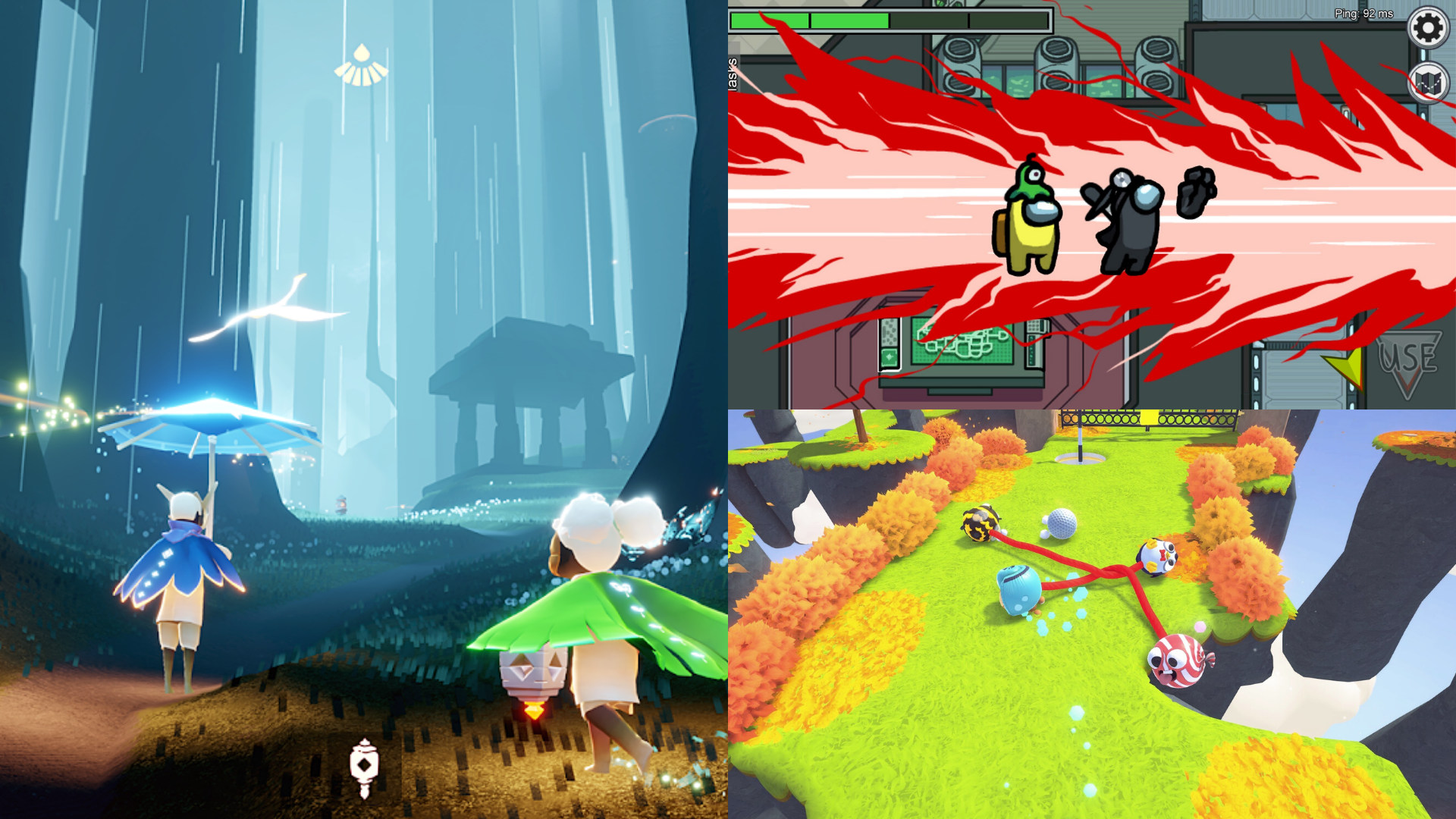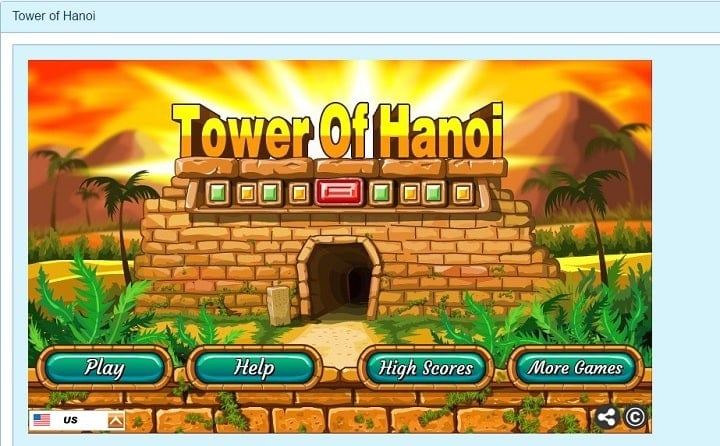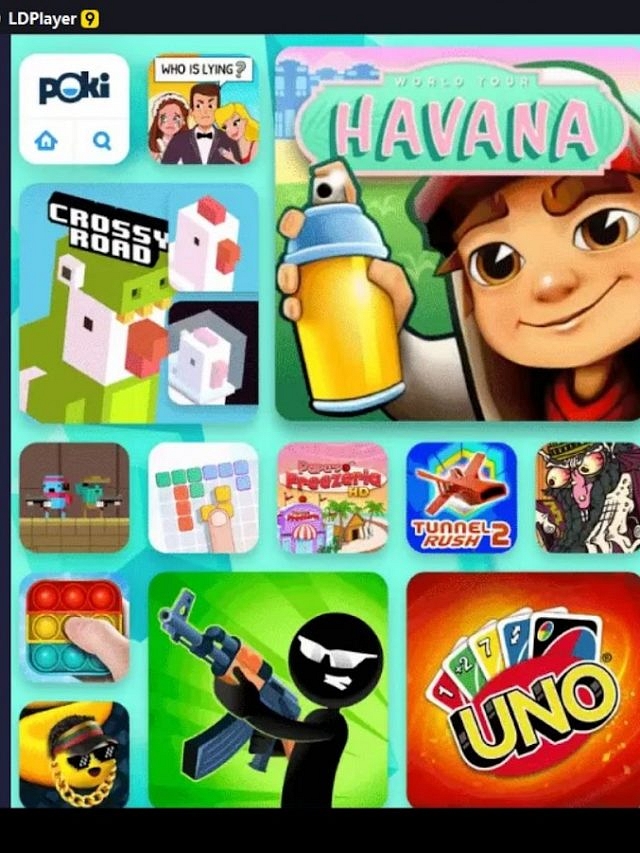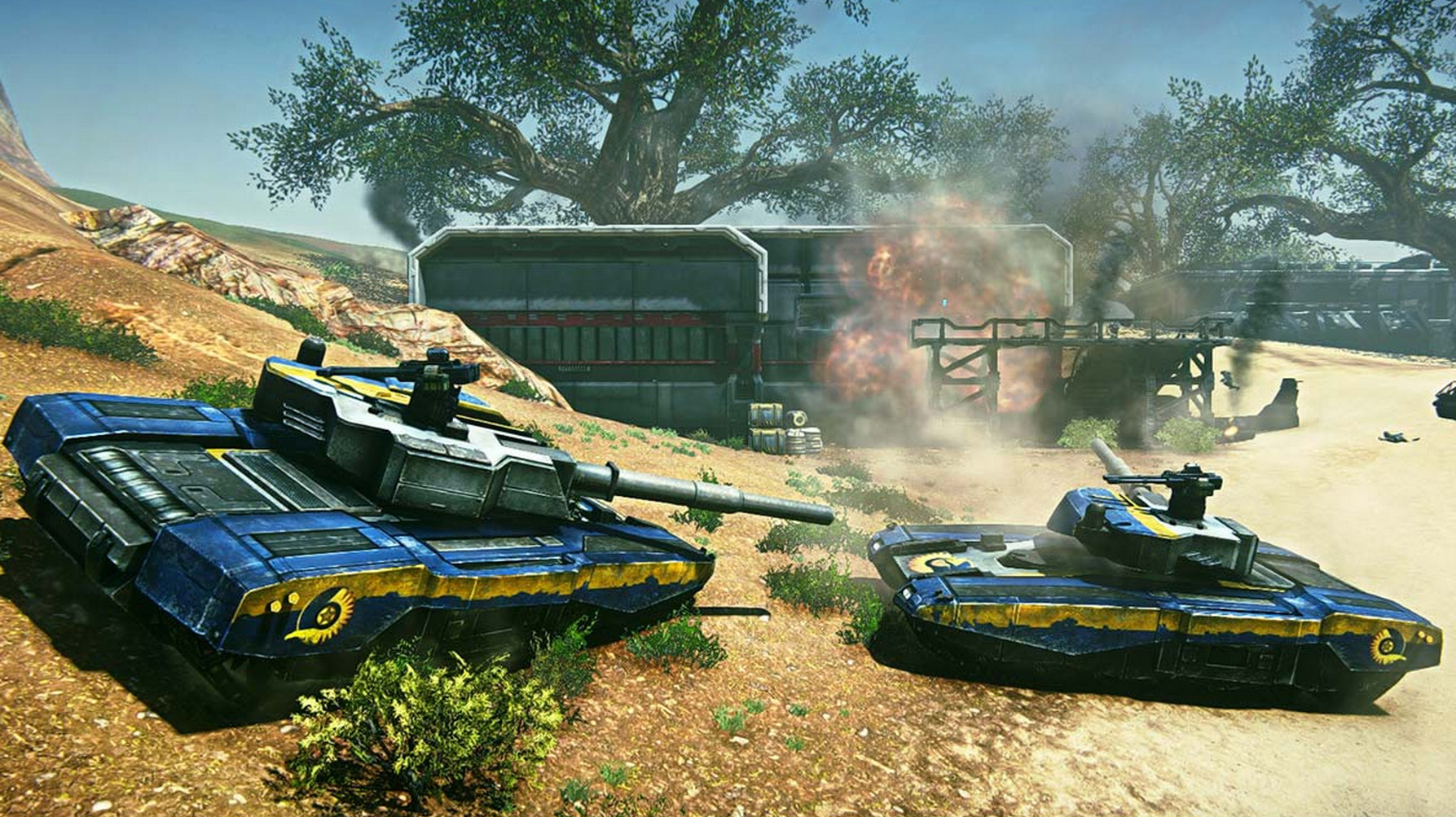The Evolving Landscape Of Free-to-Play Online Games
The Evolving Landscape of Free-to-Play Online Games
Related Articles: The Evolving Landscape of Free-to-Play Online Games
Introduction
With great pleasure, we will explore the intriguing topic related to The Evolving Landscape of Free-to-Play Online Games. Let’s weave interesting information and offer fresh perspectives to the readers.
Table of Content
The Evolving Landscape of Free-to-Play Online Games

The realm of online gaming has undergone a dramatic transformation in recent years, with the emergence of a dominant force: free-to-play games. This model, where players can access and enjoy the core game without any upfront cost, has revolutionized the industry, offering unprecedented accessibility and a diverse range of experiences. This article delves into the intricacies of free-to-play online games, exploring their evolution, diverse forms, economic models, and the impact they have on the gaming landscape.
The Genesis of Free-to-Play:
The roots of free-to-play gaming can be traced back to the early days of the internet, with games like "EverQuest" and "Ultima Online" offering free trials to entice players. However, the true catalyst for the rise of free-to-play was the emergence of massively multiplayer online role-playing games (MMORPGs) in the early 2000s. These games, with their vast worlds and intricate social systems, presented a unique opportunity for developers to monetize through microtransactions.
"Free-to-play" initially served as a marketing tactic, attracting a broader audience by removing the barrier of entry. Games like "League of Legends" and "Dota 2" popularized this model, proving its efficacy in attracting and retaining players. The concept evolved beyond mere marketing, becoming a sophisticated business model with its own set of principles and practices.
Types of Free-to-Play Games:
Free-to-play encompasses a diverse range of genres, including:
- Massively Multiplayer Online Role-Playing Games (MMORPGs): These games offer persistent worlds, character progression, and social interaction. Examples include "World of Warcraft," "Final Fantasy XIV," and "Black Desert Online."
- Multiplayer Online Battle Arenas (MOBAs): Fast-paced competitive games focusing on team-based combat. Examples include "League of Legends," "Dota 2," and "Heroes of the Storm."
- First-Person Shooters (FPS): Action-packed games emphasizing competitive gameplay and skill-based mechanics. Examples include "Fortnite," "Call of Duty: Warzone," and "Apex Legends."
- Card Games: Strategic games utilizing collectible cards for combat and deck building. Examples include "Hearthstone," "Magic: The Gathering Arena," and "Gwent."
- Mobile Games: A diverse range encompassing various genres, from casual puzzle games to complex RPGs. Examples include "Clash of Clans," "Candy Crush Saga," and "PUBG Mobile."
Economic Models and Monetization:
The success of free-to-play hinges on a carefully crafted economic model that balances player satisfaction with revenue generation. Common monetization strategies include:
- Microtransactions: Players can purchase virtual items, currencies, or cosmetic enhancements using real money. These items can enhance gameplay, personalize characters, or unlock exclusive content.
- Subscription Services: Players can pay a monthly fee for access to premium features, exclusive content, or expanded gameplay options.
- In-game Advertising: Advertisements can be displayed within the game, offering players rewards or discounts for engaging with them.
- Premium Currencies: Players can purchase premium currencies that can be used to acquire in-game items or services more efficiently.
The Impact of Free-to-Play:
The rise of free-to-play has had a profound impact on the gaming industry, both positive and negative:
- Increased Accessibility: Free-to-play removes the financial barrier to entry, allowing players of all economic backgrounds to experience a wide range of games.
- Diverse Player Base: The accessibility of free-to-play games has led to a more diverse player base, encompassing different ages, genders, and cultural backgrounds.
- Competitive Landscape: Free-to-play games have fostered a highly competitive landscape, with developers constantly innovating to attract and retain players.
- Potential for Exploitation: Some free-to-play games utilize predatory monetization strategies, incentivizing players to spend exorbitant amounts on in-game items or services.
- Pay-to-Win Concerns: The availability of powerful in-game items for purchase can create a pay-to-win environment, where players with greater financial resources have an unfair advantage.
FAQs about Free-to-Play Games:
- Are free-to-play games truly free? While the initial download and access are free, free-to-play games often use microtransactions or other monetization strategies to generate revenue.
- Are free-to-play games pay-to-win? Not all free-to-play games are pay-to-win. However, some games offer powerful in-game items for purchase that can give players an unfair advantage.
- How do free-to-play games make money? Free-to-play games generate revenue through microtransactions, subscriptions, in-game advertising, and premium currencies.
- Are free-to-play games worth playing? Whether a free-to-play game is worth playing depends on the individual player’s preferences and budget. Some free-to-play games offer engaging experiences without requiring any spending, while others may incentivize spending to progress.
Tips for Enjoying Free-to-Play Games:
- Research the Game: Before investing time and potentially money, research the game’s monetization strategies and player reviews to understand its potential for pay-to-win mechanics.
- Set a Budget: Determine how much you are willing to spend on the game and stick to that budget.
- Focus on Gameplay: Prioritize enjoying the core gameplay mechanics rather than chasing after expensive in-game items.
- Take Breaks: Free-to-play games can be addictive, so it’s important to take breaks and avoid overspending.
- Explore Alternatives: If a game’s monetization strategies feel predatory or unfair, consider exploring other free-to-play options or traditional paid games.
Conclusion:
Free-to-play online games have fundamentally reshaped the gaming landscape, offering unprecedented accessibility and a diverse range of experiences. While this model has its advantages, including increased accessibility and a diverse player base, it also presents challenges like potential exploitation and pay-to-win concerns. Ultimately, the success of free-to-play games hinges on a delicate balance between player satisfaction and revenue generation. By understanding the mechanics and potential pitfalls of this model, players can make informed decisions and enjoy the vast world of free-to-play games responsibly.








Closure
Thus, we hope this article has provided valuable insights into The Evolving Landscape of Free-to-Play Online Games. We appreciate your attention to our article. See you in our next article!